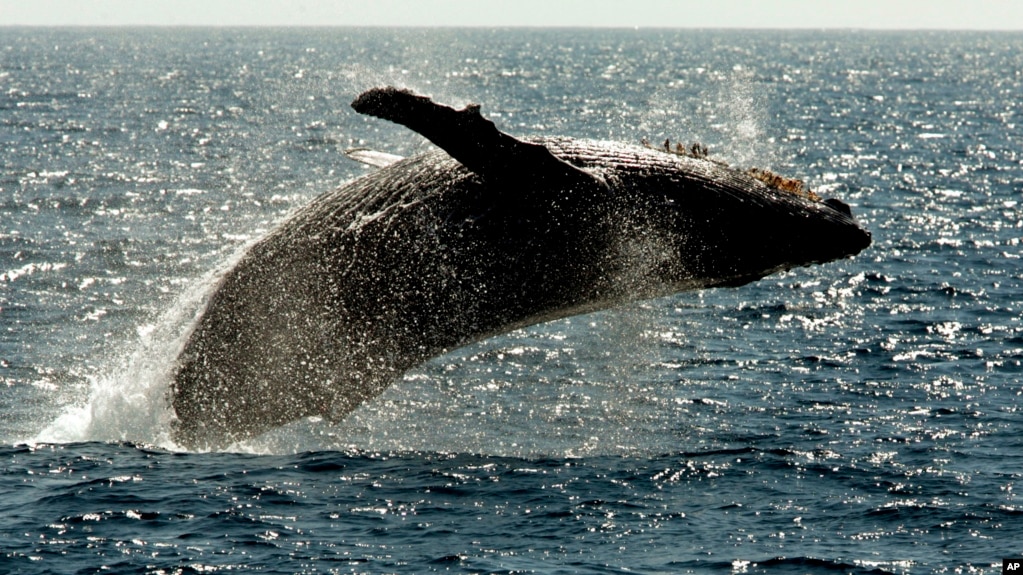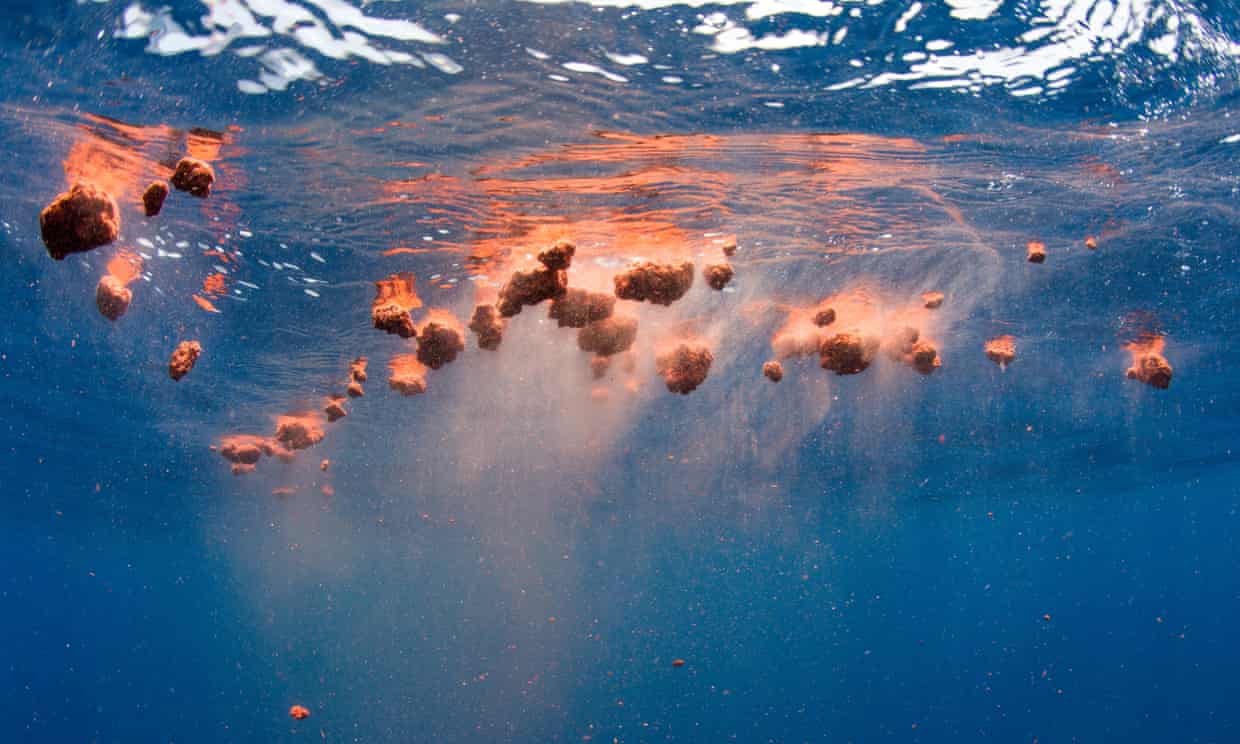Is It a Surprise? Humpback Whales!
Of the 74 sightings included in this issue, 50 sightings (over 70%) are of Humpback whales. Humpback whales have remained, and makes us wonder if some of them will stay over the winter and thus year-round in the area. During the past week when we have had sunny weather, many Humpbacks have been observed around Powell River, Campbell River, Johnstone Strait, and other smaller waterways. A few Humpbacks were observed breaching and a few Humpbacks were seen interacting with dolphins and sea lions. In addition, one Humpback was observed possibly attempting to mate with another Humpback whale.
Only 4 sightings of Orca were reported, which were all Transient Bigg’s Orca. Where are the Orca? It would seem very odd to have such a low count of Orca in the area. There were some sightings of mid-sized pods of Pacific White-Sided dolphins, and one sighting of a large pod estimated to be about 200 dolphins travelling next to a ferry. Dall’s porpoises have been observed in a few waterways, notably observed on more than one occasion in Nodales Channel. Rounding our report are a couple of sightings of Harbour Porpoise and one Sea Otter.
Keep your eyes open, report your sightings to us, and use caution on the water giving these animals plenty of room. Remember N.E.W.S. when you see a whale, meaning put your boat in NEUTRAL, ENJOY the view, WAIT till the whales are at a fair distance, and then SLOWLY leave the scene.
- Saturday, December 8, 2018 Time: 1 pm to 2:30 pm
Review our current Volunteer Job Postings
Archive Explorer navigates 15,000+ Cetacean Sightings, images, videos and audio recordings.
*Recommended for desktop browsers and newer mobile devices
Archive Explorer
dives into the Coastal Cetacean world. View Cetacean sighting locations, photos and videos:
- All species including Orca, Humpback, Grey Whale or Dalls Porpoise
- Follow the endangered Southern Residents Orca in the Salish Sea
- Search for encounters with T002C2 Tumbo
- Witness a close-up Orca encounter video in Port Alberni harbour
- Follow the T010s Transients as they hunt and travel the inside passage
- Track “KC”, the ever popular Humphack’s movements this past August
- Locate any of 12,000 named locations on the BC and WA State coast
- Print custom sighting reports and maps (Coming Soon)
Archive Explorer
Help Page explains many advanced functions
Send your Comments and Questions to:
Archive Explorer Feedback
Sightings
Open Data includes all sightings data, photos and videos, in a table you can filter and download.
The whale and the loss of her calf were at the center of prayers, songs and testimony before Canada’s National Energy Board in Victoria, B.C., on Wednesday, as it continued hearings underway for three weeks as part of its reconsideration of a massive expansion of the Trans Mountain pipeline.
Suquamish, Swinomish, Lummi and Tulalip Nations traveled to Victoria to offer testimony to the board against the pipeline, and share cultural teachings about the importance of the orca, salmon and the tribes’ treaty-reserved fishing rights….
read on
Prince of Whales Whale Watching says the conservation fee charged to passengers will rise from $2 to $5 and will be aimed at supporting the endangered southern resident killer whale population.
The company says in a news release the added fee is expected to generate more than $1 million over the next five years with the money going toward orca-based science programs and chinook salmon recovery projects, the preferred food of the resident whales.
Alan McGillivray, owner of the whale-watching company, says the southern resident population is struggling and one of the big reasons is reduced availability of prey.
There are just 74 remaining members of the southern residents that are often found in the waters off B.C. and Washington state….
read on
The federal Fisheries department and Transport Canada gave an update today on the key findings from a meeting last month on the endangered mammal.
Garry Stenson, a Fisheries research scientist says it’s believed changes in the abundance and distribution of the whale’s prey is closely related to where right whales are now being found.
… an estimated 190 right whales are believed to have been in the southern Gulf this year, nearly half the remaining population of about 411….
read on
The project is a collaboration between the Department of Fisheries and Oceans, fisheries joint management committee and Inuvialuit Game Council. The team tagged 14 whales with 18 tags in the Beaufort Sea during the summer program. The creative way they managed to do that work will form part of the discussions in upcoming community consultations.
Lisa Loseto, with the federal fisheries department, described how they tried to come up with a less invasive approach of placing a tag during the research program.
“As a side project, we were investigating different ways of doing this with a single point attachment, a harpoon attachment,” Loseto said.
“We were out there trying the harpoon tag that had never been tried on a beluga,” she said. “There is still a long way to go with the advancement of this technology. So we brought that back to the community to say this is something we tested.”…
read on
The gray whales are on a mission, traveling from the chilly waters near Alaska to bask in the tropical warmth off Mexico’s lagoons.
And whale enthusiasts eagerly await their annual migration on the watery highway, binoculars pointed toward the horizon for any hint of mist shooting up from their blowholes or tails raised toward the sky.
Gray whale season has officially kicked off, with some already seen in the past few days near the shores of Manhattan Beach, Palos Verdes, Long Beach, Newport Beach and Dana Point.
And for those who will spend the season tracking these behemoths on their travels, the early sightings are a hopeful sign of many more to come….
read on
From December to April, visitors from around the world travel to Hawaii. They go to watch the huge animals in the wild, as they break through the surface of the ocean and rise high into the air.
But since 2014, there has been a reduction in humpback whale sightings in Hawaii. Scientists say the decrease may suggest changes to the food supply.
American and international researchers, wildlife experts and federal officials are meeting in Honolulu this week to discuss the drop in humpback sightings.
Data presented at the meetings show a strong connection between warming oceans and the missing whales, said Christine Gabriele. She is a federal wildlife biologist who studies humpbacks at Glacier Bay National Park in Alaska….
read on
"It was clearly “tacoed’," says Dietrick, a freelance photographer and volunteer marine mammal first responder. Heavy-gauge fishing lines bound the whale’s head to its tail; several wraps encircled its flukes. The whale moved sluggishly, as if something were dragging it down.
…
According to the International Whaling Commission, an estimated 300,000 whales and dolphins die every year from entanglements. Though fishing gear-lines, nets, crab pots, and the like-is often the culprit, weather buoys, cruise ship anchors, and marine debris can also snag marine mammals. Sometimes, entanglement means instant death by drowning. In many cases, whales can drag gear wrapped around their bodies for months, or even years. Some slowly starve. Others develop deadly infections at the points where lines cut into their flesh….
read on
Their distant land mammal descendants evolved to run with limbs underneath: an unstable gait allowing rapid direction changes. To extend the stride, their spine flexes up-and-down. Marine mammals kept this movement, for which a horizontal tail is best….
read on
"The most detailed whale poo expedition ever," as the participants have dubbed it, aims to test a theory that waste from the world’s biggest mammal plays a far more crucial role in maintaining the productivity of southern oceans than previously believed.
"I want to show that whales are ecosystem engineers," said Lavenia Ratnarajah, a marine biogeochemist at the University of Liverpool. "Conservation campaigns are usually focussed on their beauty, but that doesn’t convince everyone. If we can show how much these animals contribute to the functions of the ocean, then it will be easier to save them….
read on
The world’s largest population passes through Australia’s Kimberley, a region that provides ideal and undeveloped calving grounds, researchers say.
Since the whaling stations were closed, humpbacks that visit Western Australia have become the good news story that defies the trend of environmental doom and gloom….
read on





/https://www.thestar.com/content/dam/thestar/news/canada/2018/12/04/half-of-worlds-right-whales-spotted-in-gulf-of-st-lawrence-in-2018/right_whale.jpg)





